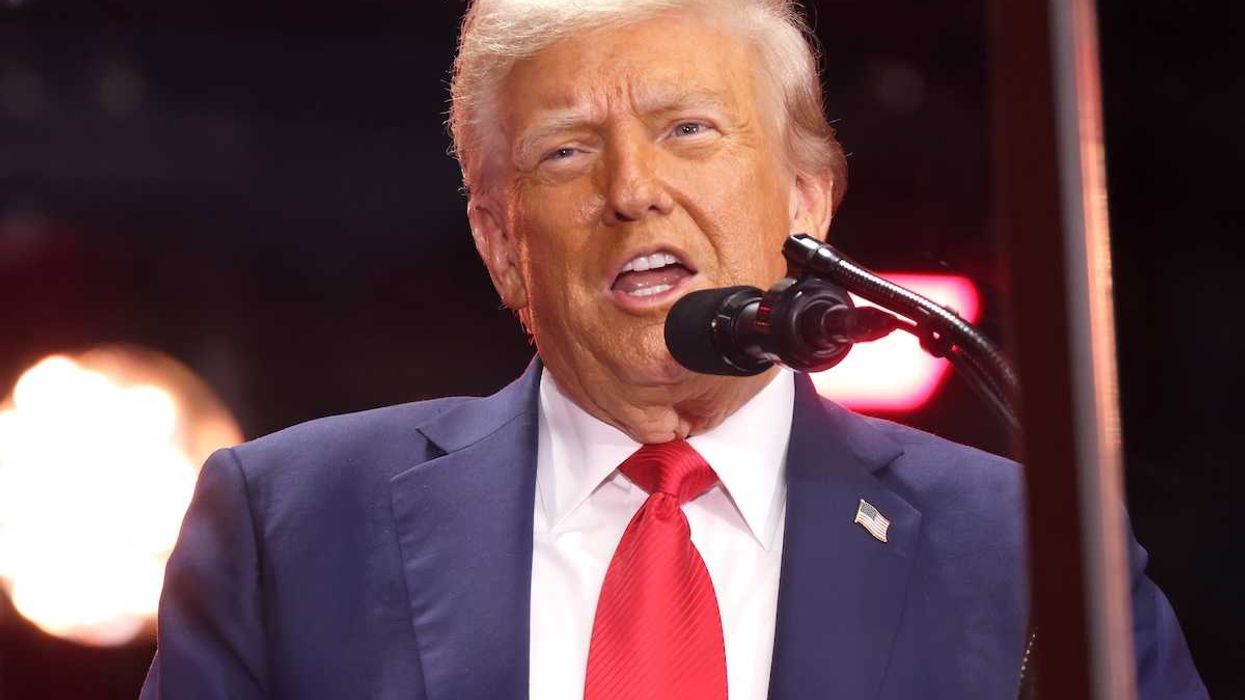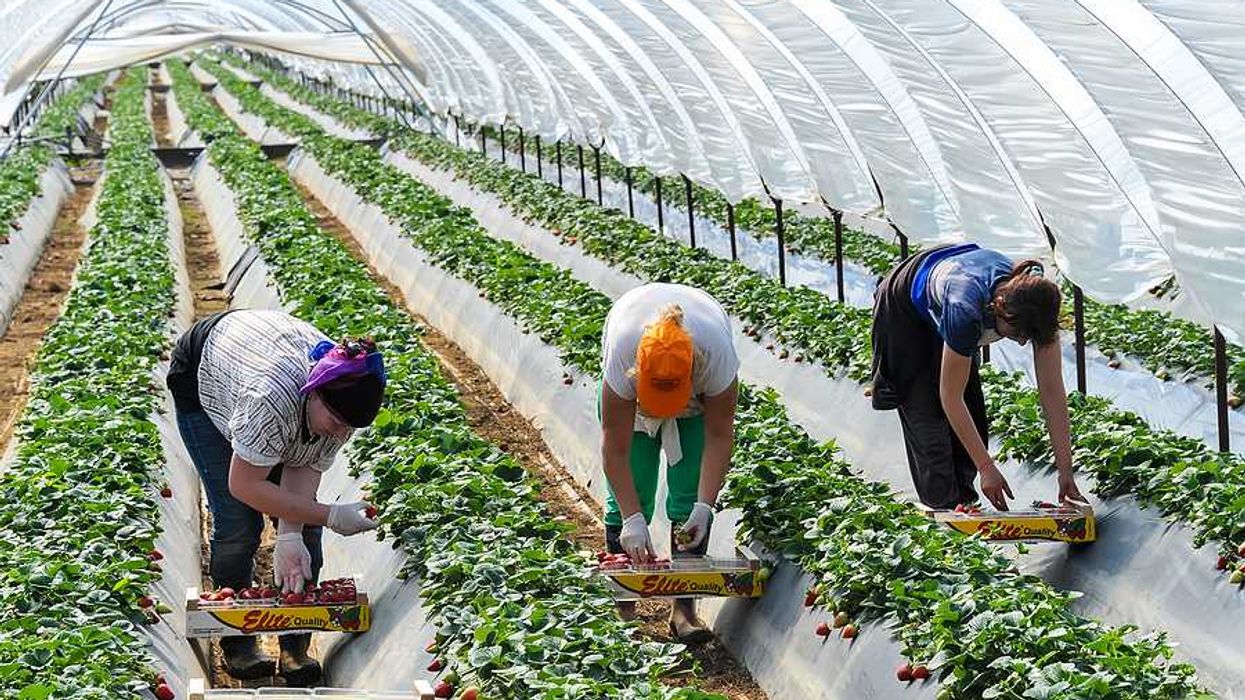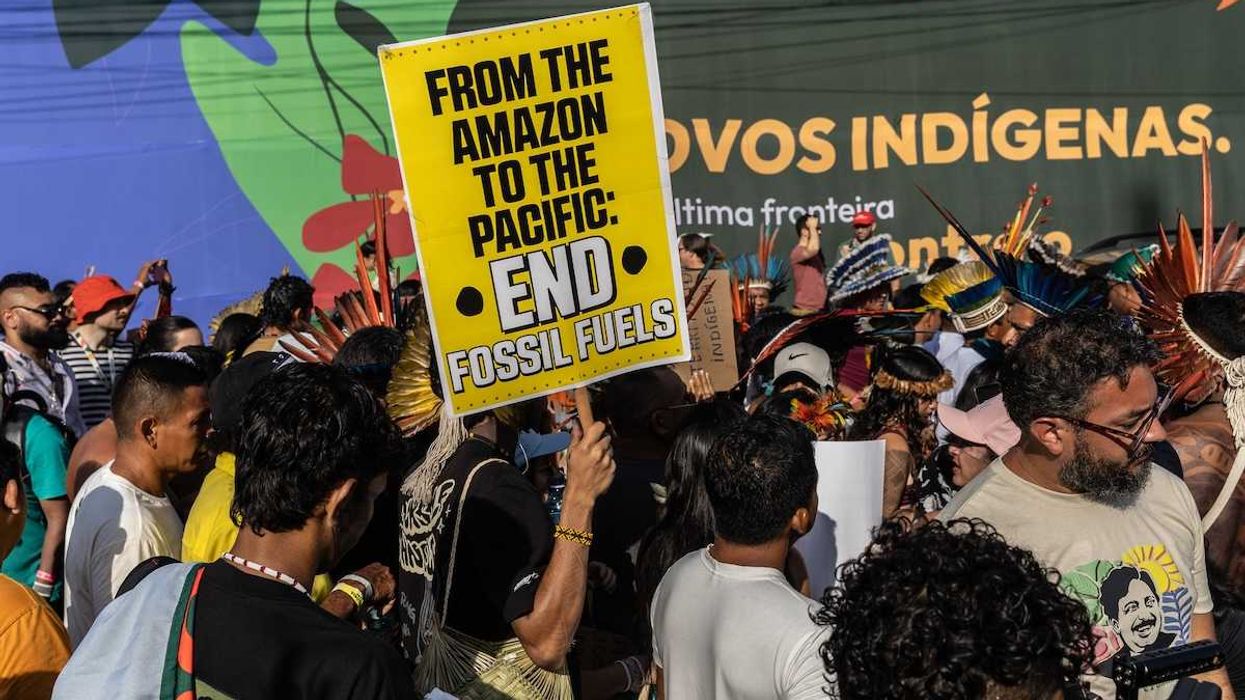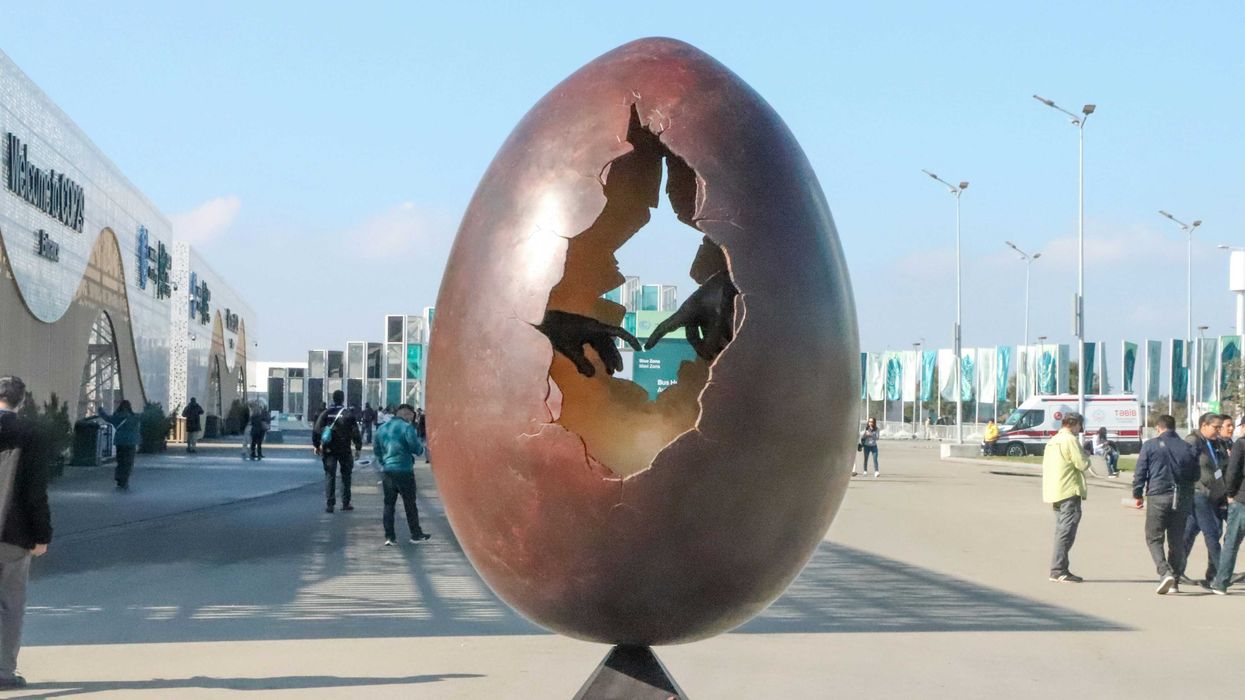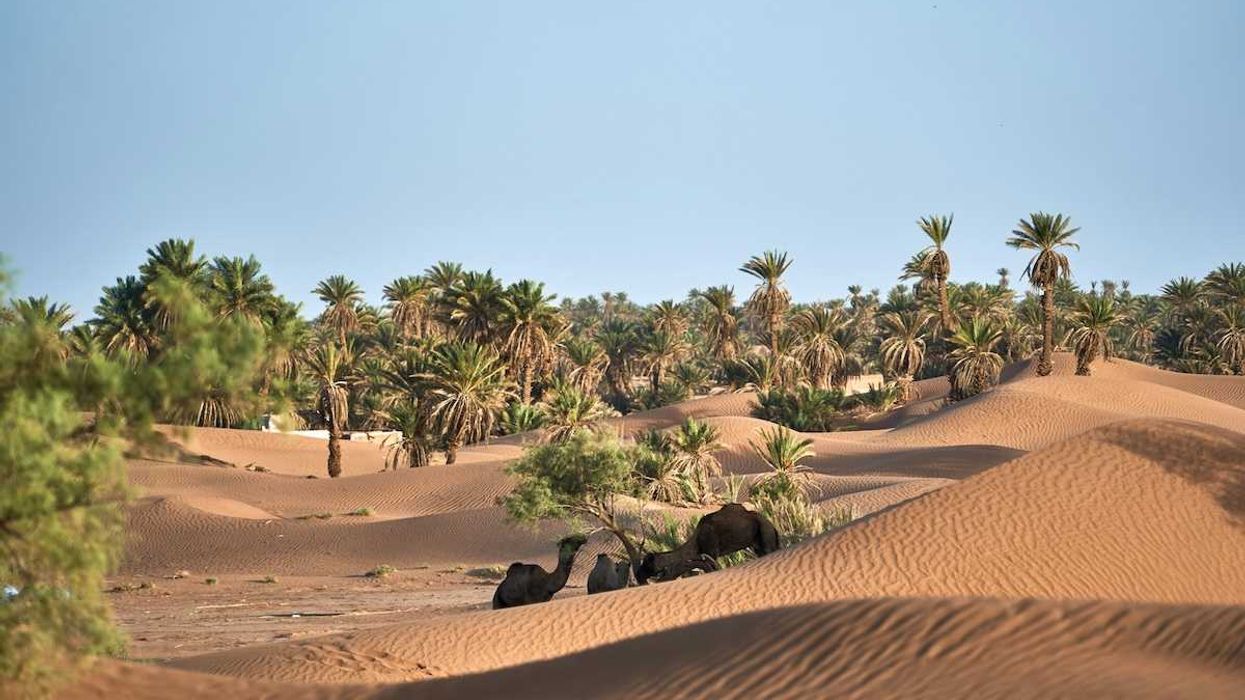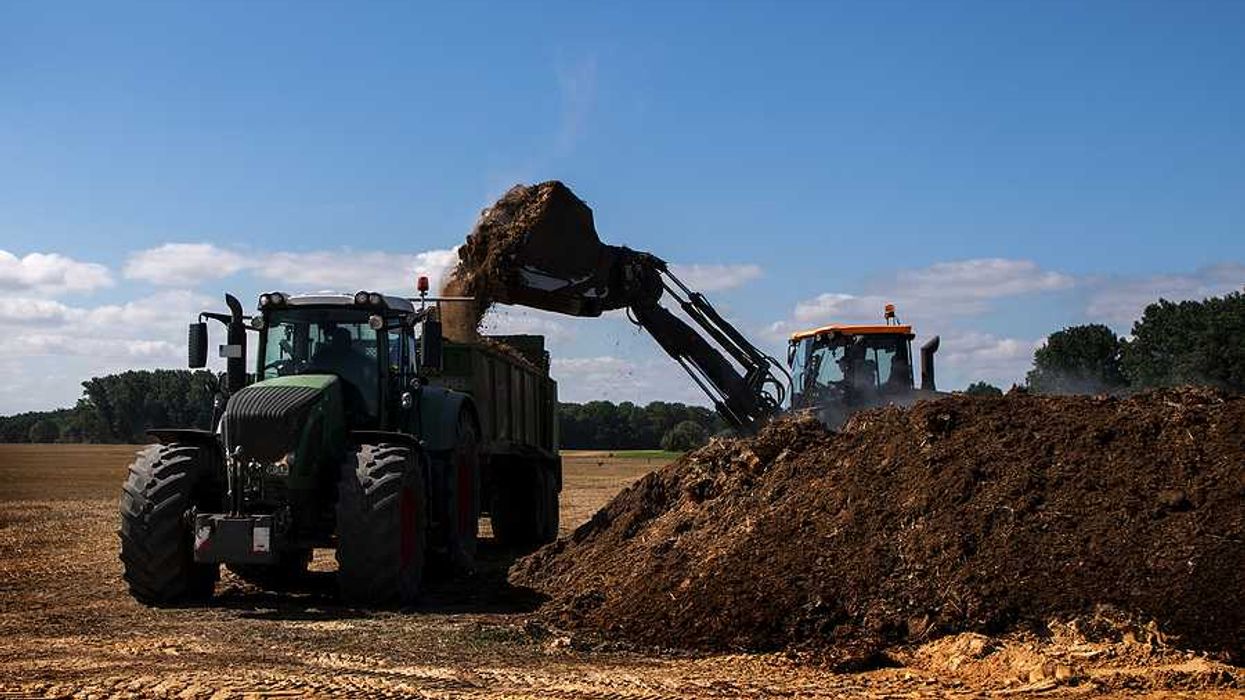RAPID CITY, S.D. -- In old times, the feathers of eagles commemorated a great act by a warrior in a Great Plains tribe. My father explains that only the feathers of wanbli gleska , or young bald eagles, were used because they were known as the solar bird, flying so high that they touched the heavens, carrying people's prayers.
Back then, and continuing today, eagle feathers pushed our culture forward to better the people, not just the individual. A feather is not simply a thing to be owned, it is an honor to be earned and displayed. To simply put one away is considered disrespectful. Keeping the feathers in sight ensures that we always hold our values in our hearts and reminds us of what it took to earn them: Bravery, determination, cunning, skill and even special moments of life, such as marriage and birth, were all commemorated with feathers. A man wounded in battle would earn a feather dyed red, warriors would earn black- tipped tail feathers for war honors, women would receive eagle plumes for embodying certain values or creating especially fine art, and a baby would receive a plume when he or she was named.
I am Lakota Sioux, and my family follows many of our old traditions, including the honoring of feathers. Today I own only three eagle feathers, one given to me when I was a baby to mark my naming. When I see that plume, I recall my name: Canwakan Yuha Mani , "Walks with The Sacred Tree," a simple name that reminds me of where I come from, my traditions and the expectation to always respect the values I was taught as a child. The feathers keep me Lakota, they keep me determined. Once we were a proud people, strong and wise. Today we are plagued by disease and oppression. But when I look at that feather, which I keep hanging on my wall, I'm inspired to rise up and exceed my expectations. I was taught to always put in the extra work, that there are benefits to doing more than you need to. I earned another feather for becoming a sundancer, someone who prays for the people. That feather reminds me that I am no better than anyone else, and at times that I am there for others, to lead a good life by example and hopefully inspire them to live good lives as well. My third feather was earned this year for graduating high school, a rite of passage.
For a time, it was questionable whether eagles would even survive. Before the Endangered Species Act, these birds were shot, hunted and poisoned through use of the pesticide DDT. Even today some pesticides still cause nerve damage in birds. Eagles also have been losing territory to wind farms and housing projects. In recent decades, however, people have taken precautions to preserve eagle populations: switching pesticides, evaluating an animal's territory before planning building projects, banning hunting. In 2007, the bald eagle was shown to be improving to the point that it was removed from the endangered species list. This offers proof that taking simple steps to change a few habits can improve the lives of endangered animals in a matter of a few decades.
The bald eagle has come to be respected as a symbol of strength and patriotism. For tribes, they have kept our traditions alive. Federal wildlife officials created a repository to set aside feathers of dead eagles to provide for tribes. They are still awarded to people today for the same reasons they were given decades ago. It is even more important that native families continue this practice now than it was in the past. Not only does this keep our beliefs alive, but it encourages youths to learn more about their culture. Today, when education is lacking on reservations, jobs are scarce and alcoholism and homelessness are rampant, we would do well to remember our roots. What we once had was a prominent, beautiful, diverse society. When we were given the tools to do so, we made beautiful works of art, fine jewelry and even today our dances are considered a spectacle to watch. When we were able to come to peace with each other, we did many great things -- we had something of a renaissance. It seems our culture has now gotten lost in translation. The values of spirituality, compassion, generosity, wisdom, respect, honesty, humility and bravery were aspirational, and one of the most important aspects of our feathers is preserving pride in them. When we are praised for helping an elder, or pushing ourselves to do well in school or win a championship in basketball, we are inspired to excel more often. This push to excel is a key driver in nature, too, as wild animals are rewarded for their survival skills.
In the defense of eagles, people came together. In respect of them, they remembered their values. In sight of them, they felt the pride of a nation.
People worked together to prevent their extinction. Now this must happen for many other species of birds and other animals endangered by the carelessness of humanity. Just as we saved the eagles, we can save many more creatures. Animals big and small have given us the opportunity to better ourselves, to test our morals. The most defining situation a people can face is one that tests its dedication to a cause. With pollution and development overtaking the animal kingdom, it's time we put more effort into saving rather than destroying.
Oyate kin yanipi kte lo . "So that the people will live." So that we will live: Not just our people, but the winged creatures that have embodied our best values and rewarded us with the inspiration to do so.
Tristan Picotte is a freshman at The School of Mines and Technology in Rapid City, South Dakota. Graduating with honors this year from Maricopa High School in Phoenix, Ariz., he also was awarded a national scholarship for an essay about Lakota traditions. He was born and raised on the Cheyenne River Reservation in Eagle Butte, S.D.
Explore the rest of the series here.

